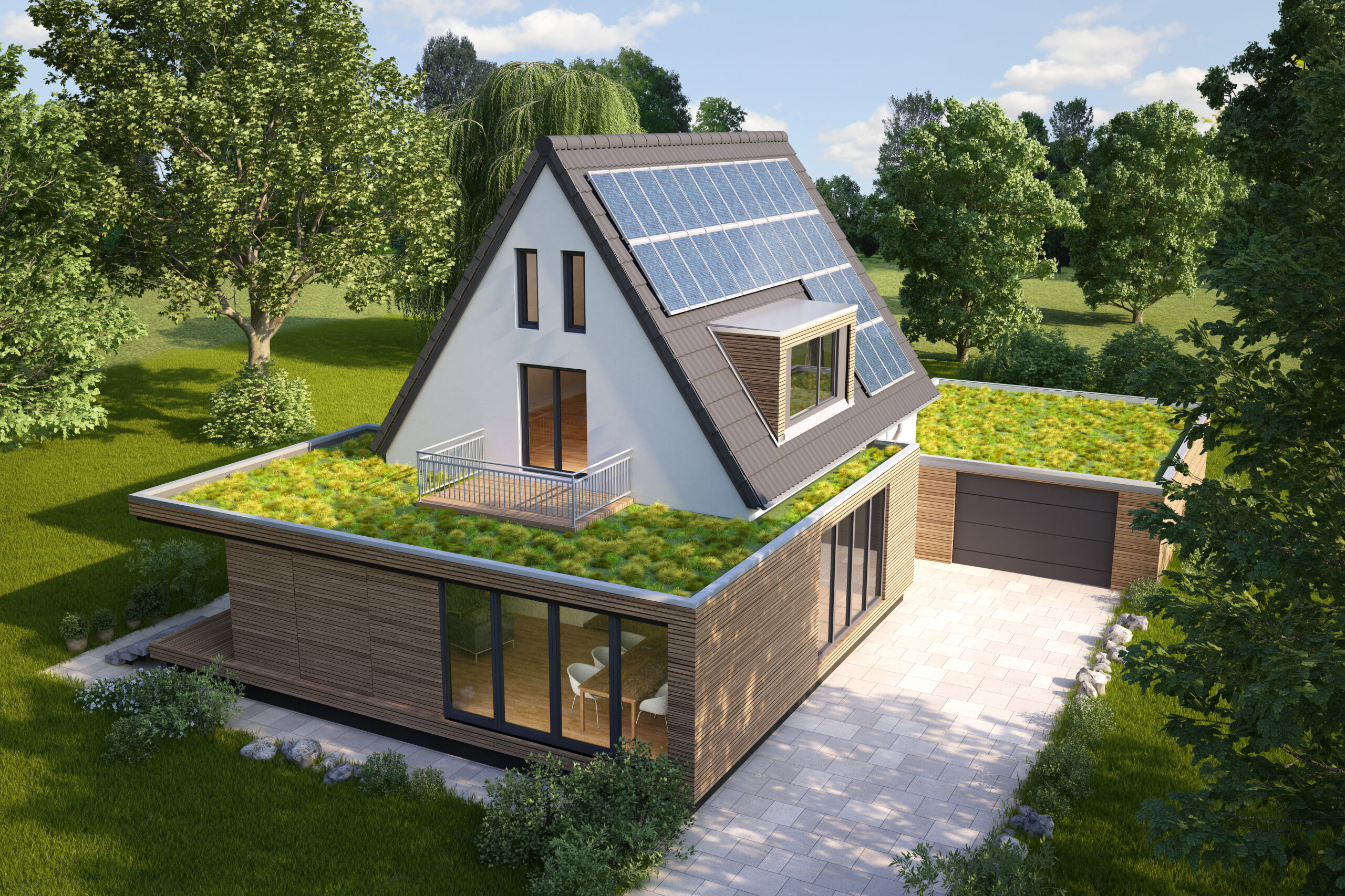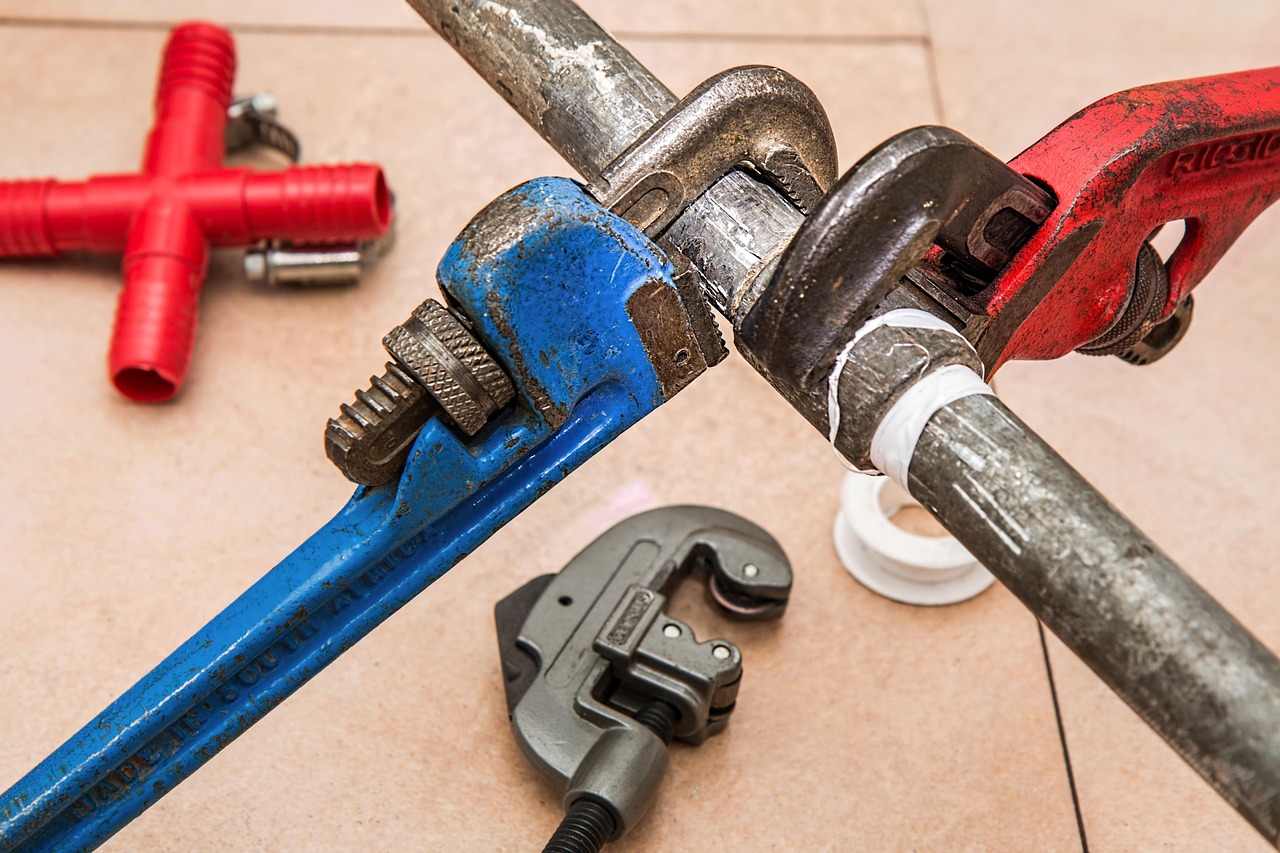Your garage serves multiple purposes—housing vehicles, storing chemicals, and often functioning as a workshop. However, without proper ventilation, this versatile space can quickly become hazardous due to carbon monoxide from car exhaust, volatile organic compounds from paints, and fumes from various chemicals. Effective garage ventilation solutions are essential not just for comfort but for your family’s safety and health. This article explores strategies to improve air quality in your garage and prevent dangerous fume buildup, transforming your garage into a safe workshop environment.
Understanding the Importance of Garage Ventilation
Most homeowners underestimate the critical role ventilation plays in maintaining a healthy garage environment. When you start your car, even briefly, it releases carbon monoxide—an odorless, colorless gas that can be deadly in confined spaces. Additionally, many common garage items such as paints, solvents, lawn chemicals, and even stored fuels emit harmful vapors that can accumulate over time. Without adequate airflow, these contaminants remain trapped, potentially seeping into your home or creating dangerous conditions when you work in your garage.
Proper ventilation is particularly crucial if your garage is attached to your home, as airborne contaminants can migrate through doorways, ductwork, and even minute cracks in walls. The risk increases during extreme weather when homes are sealed tightly for heating or cooling efficiency. A well-planned ventilation system will consistently exchange stale, contaminated air with fresh outdoor air, dramatically improving air quality in your garage and protecting your entire household.
Types of Garage Ventilation Systems
When considering how to best ventilate your garage, you’ll encounter several effective options. Exhaust fans for garages represent one of the most popular and efficient mechanical solutions. These fans actively pull contaminated air out of your space, creating negative pressure that draws in fresh air through vents or other openings. Ceiling-mounted exhaust fans are particularly effective as they capture rising hot air and fumes. For maximum efficiency, experts recommend installing fans on the wall opposite any passive air intakes, ensuring proper cross-ventilation.
Passive ventilation systems offer a simpler, energy-free approach to improving air quality in your garage. These systems typically consist of strategically placed vents—often low on one wall and high on the opposite wall—that harness natural airflow patterns. While less powerful than mechanical options, passive vents operate continuously without electricity and require minimal maintenance. In moderate climates, a combination of roof vents and foundation vents can create surprisingly effective air circulation that helps prevent fume buildup in your garage.
For those who frequently use their garage as a workshop, more sophisticated ventilation solutions may be necessary. Dedicated workshop ventilation systems often incorporate both air extraction and filtration components, targeting specific contaminants produced by woodworking, metalworking, or automotive projects. These systems might include specialized dust collectors, fume extractors positioned near work areas, or even ceiling-mounted air purifiers designed to remove particulates and chemical vapors, ensuring a safe garage workshop environment.
Installing Garage Ventilation: DIY vs. Professional Approaches
Installing basic passive vents or simple exhaust fans often falls within the capabilities of experienced DIY homeowners. Wall-mounted exhaust fans typically require cutting through exterior walls, basic electrical wiring knowledge, and proper sealing against weather infiltration. Meanwhile, installing passive vents might involve creating openings in walls or the garage door itself, with attention to insect screening and weather protection.
However, more complex ventilation systems—particularly those requiring electrical work or roof penetrations—often warrant professional installation. An experienced HVAC technician or electrician can ensure your system meets local building codes, operates efficiently, and integrates properly with your home’s existing systems. Professionals from AskHomey can assess your specific needs, considering factors like garage size, typical activities, and climate conditions to recommend the optimal ventilation solution.
Maintenance and Optimization of Your Garage Ventilation System
Once installed, maintaining your ventilation system ensures continued effectiveness in preventing fume buildup in your garage. Regular cleaning of fan blades, motors, and vents prevents dust accumulation that can reduce airflow and efficiency. For mechanical systems, checking motor function and lubricating moving parts according to manufacturer recommendations extends operational life. Passive vents should be inspected for blockages from debris, insects, or nesting animals that might restrict airflow.
Optimization strategies can further enhance your system’s performance without additional costs. Consider timing your ventilation usage—running exhaust fans for 10-15 minutes after parking a hot vehicle, for instance, removes the bulk of emissions when they’re most concentrated. Position work areas near air intakes rather than exhaust points to ensure you’re breathing the cleanest available air. During temperature extremes, using your ventilation system strategically during moderate parts of the day helps balance air quality concerns with energy efficiency goals.
Beyond Basic Ventilation: Creating a Comprehensive Air Quality Strategy
While proper ventilation forms the foundation of good garage air quality, supplementary measures create a more comprehensive approach. Consider installing carbon monoxide detectors specifically rated for garage environments, which provide early warning of dangerous gas levels. Maintaining your vehicles with regular emissions system checks reduces the pollutants released in your garage. Store chemicals in sealed containers, preferably in dedicated cabinets with their own ventilation provisions.
For those with attached garages, pay special attention to the doorway between your garage and home. Ensure this door seals tightly and closes automatically to prevent fume migration. Consider applying weatherstripping around the door frame and installing a door sweep at the bottom. These simple measures complement your ventilation system by creating an additional barrier against contaminants, significantly improving air quality throughout your home.
For more tips and to connect with reliable home service professionals, follow AskHomey on Facebook and Instagram.



